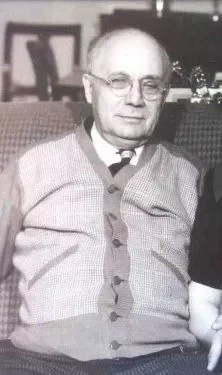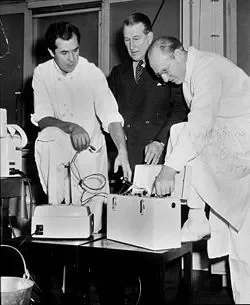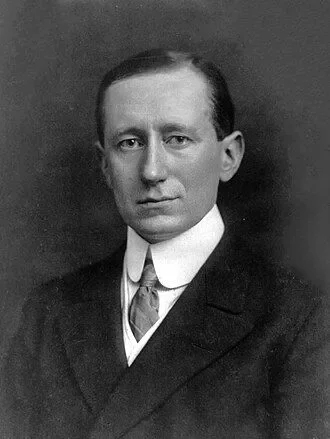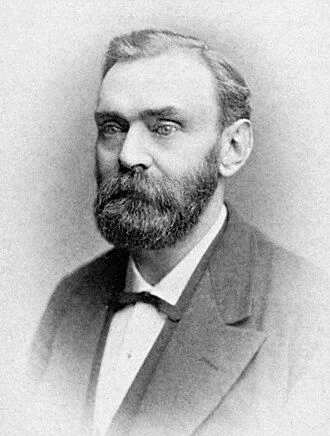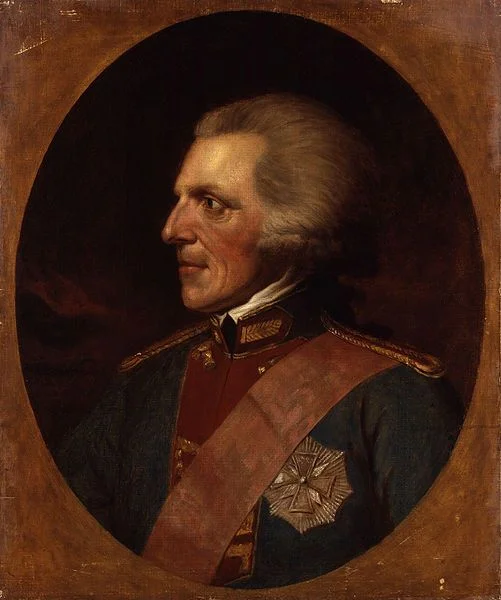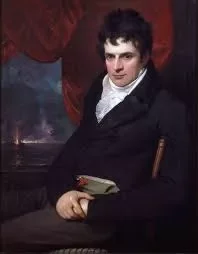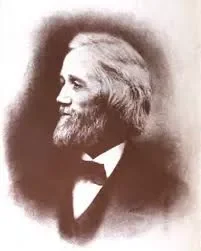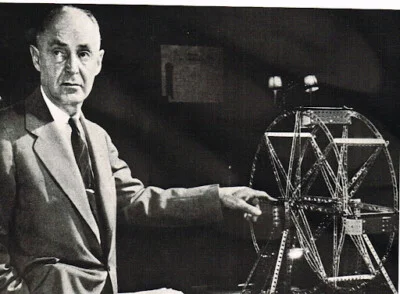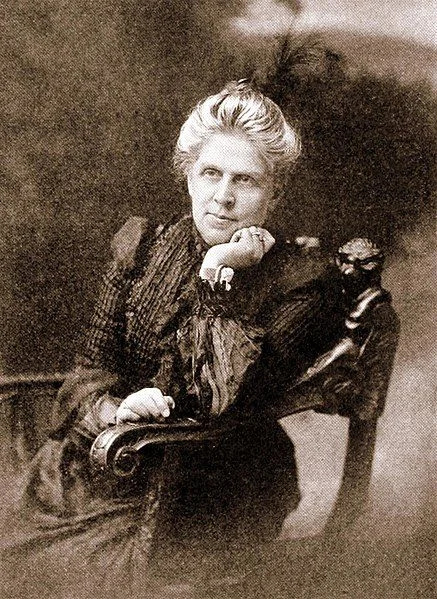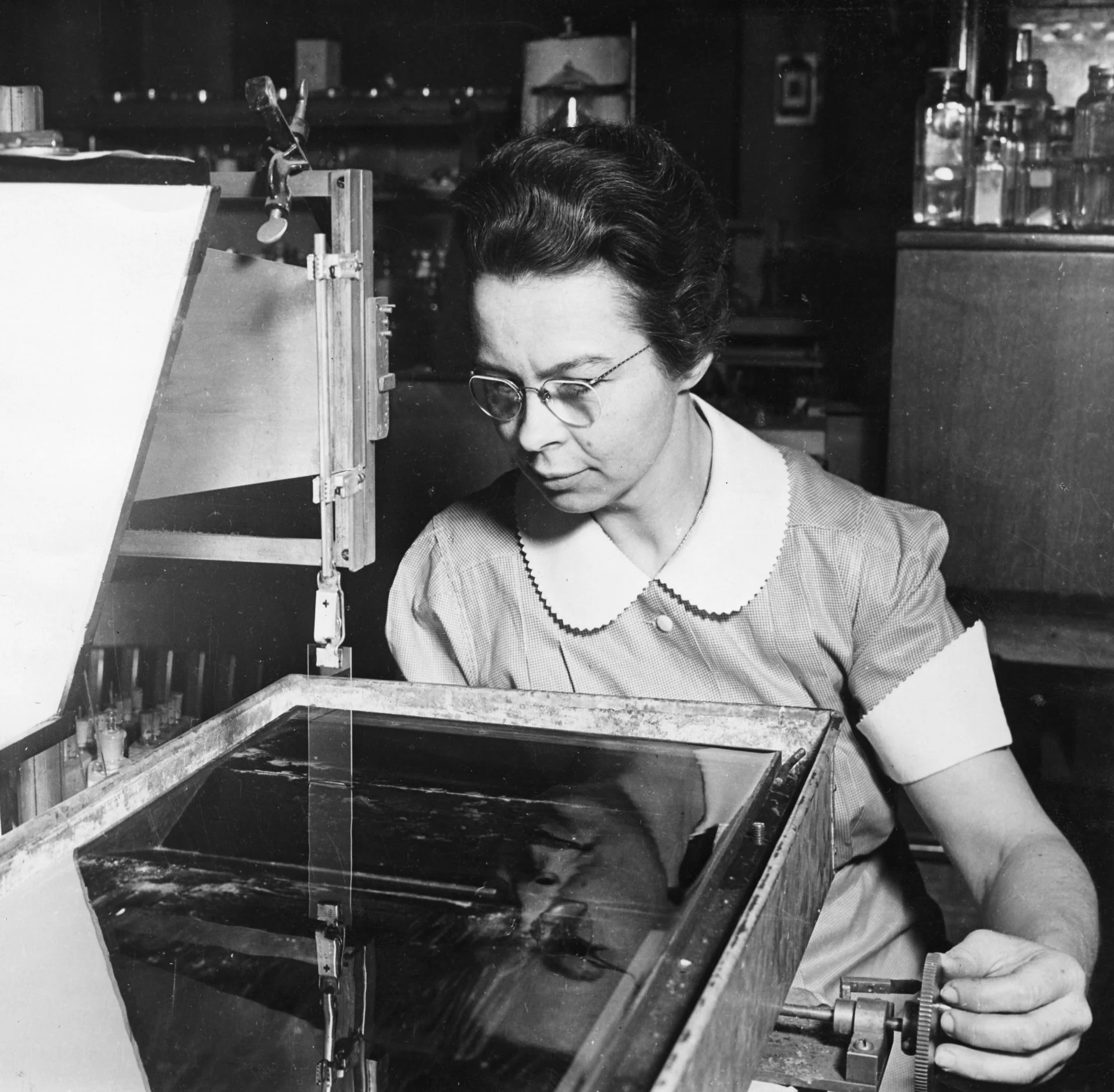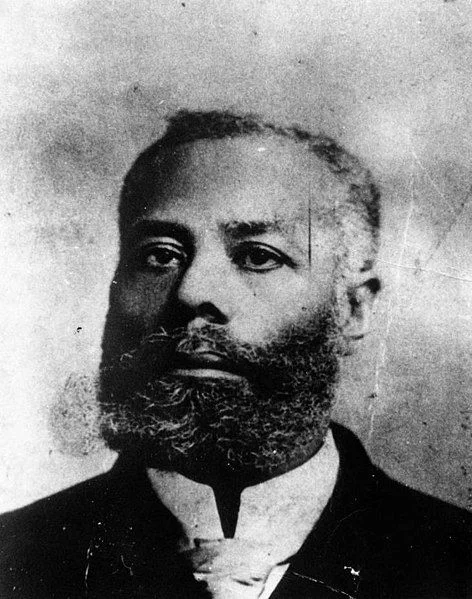Real Celebrities Never Die!
OR
Search For Past Celebrities Whose Birthday You Share
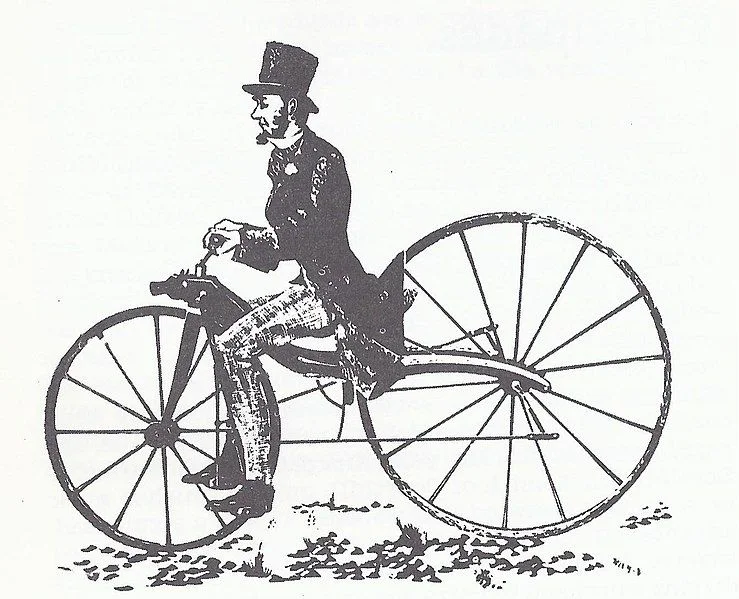
source:.wikipedia.org
Kirkpatrick Macmillan
Birthday:
02 Sep, 1812
Date of Death:
26 Jan, 1878
Cause of death:
Natural causes
Nationality:
Scottish
Famous As:
Blacksmith
Age at the time of death:
65
Early Life and Career
Kirkpatrick Macmillan, born on September 2, 1812, in Keir, Dumfries and Galloway, Scotland, would later revolutionize transportation history as a inventor. His invention of the treadle bicycle laid the foundation for modern cycling and personal mobility.
Macmillan was the fifth son of Robert Macmillan, a blacksmith at Courthill Smithy in Keir Mill. Kirkpatrick, raised in a family of craftsmen, acquired valuable skills in metalworking and mechanics from his father. At 22, he started working as an assistant to the blacksmith of Walter Scott, the 5th Duke of Buccleuth, at Drumlanrig, then returned to Courthill to work with his father.
The Birth of the Treadle Bicycle
In the late 1830s, Macmillan became intrigued by the “hobby-horses” or “draisines” that were popular at the time. These early two-wheeled vehicles required riders to push themselves along with their feet. Macmillan saw an opportunity for improvement and set about creating a self-propelled version.
By 1839, Macmillan had completed his revolutionary design. His treadle bicycle featured iron-rimmed wooden wheels, a steerable front wheel, and a larger rear wheel connected to pedals via connecting rods. This design allowed riders to propel themselves forward using a horizontal reciprocating movement of their feet on the pedals, marking the birth of the modern bicycle.
Testing and Public Reaction
Macmillan’s invention quickly proved its worth. Before long, he successfully completed the 14-mile trip to Dumfries in under an hour, a noteworthy accomplishment considering the period. Macmillan began a challenging 70-mile voyage to Glasgow in June 1842, proving the effectiveness of his new form of travel.
During this trip, Macmillan had a brush with the law that would become part of cycling lore. While riding through crowded streets in the Gorbals area of Glasgow, he accidentally ran into a young girl. He was fined 5 Scots shillings for speeding at 8 mph. But the magistrate was so impressed by the invention that he asked for a demonstration and even paid Macmillan’s fine.
Legacy and Controversy
Despite the ingenuity of his invention, Macmillan never patented his design. This led to others, such as Gavin Dalzell of Lesmahagow, copying and spreading the design. For over 50 years, Dalzell was mistakenly credited as the inventor of the bicycle.
Macmillan’s contribution to cycling history has been the subject of debate among historians. Some question the extent of his role in the bicycle’s development, while others firmly credit him as the inventor of the pedal-driven bicycle.
Personal Life and Later Years
In 1854, shortly after his father’s death, Macmillan married Elizabeth Goldie. They had two children. Macmillan, also known as “Daft Pate” in the area, was a popular figure among the locals. He was a keen churchgoer, played the fiddle at weddings, and even pulled teeth for both horses and humans.
Kirkpatrick Macmillan passed away on January 26, 1878, in Courthill. The sign on his residence says, “He built better than he understood,” a suitable acknowledgment of a man whose innovation would ultimately transform the world beyond his foresight.
Today, cycling enthusiasts can view one of Macmillan’s early bicycles at the Glasgow Transport Museum, a testament to the enduring legacy of this innovative Scottish blacksmith.
Name:
Kirkpatrick Macmillan
Popular Name:
Kirkpatrick Macmillan
Gender:
Male
Cause of Death:
Natural causes
Spouse:
Place of Birth:
Keir, Dumfries and Galloway, Scotland
Place of Death:
Courthill, Scotland
Occupation / Profession:
Personality Type
Virtuoso: Bold and practical experimenters, masters of all kinds of tools. Macmillan was a practical, hands-on innovator with a keen sense of mechanics and problem-solving.
Macmillan's bicycle reportedly allowed him to travel nearly 40 miles to Glasgow, one of the first recorded long-distance rides
His design used an iron frame with wooden wheels and leather-covered iron tires
He never patented his invention
The invention was initially ignored, and recognition came largely posthumously
Invented the first treadle-powered bicycle in 1839
Known as one of the pioneers in bicycle mechanics
Despite limited recognition in his time, he is celebrated in cycling history as the originator of the pedal-powered bicycle concept .
His design laid the groundwork for subsequent developments in pedal-driven vehicles
